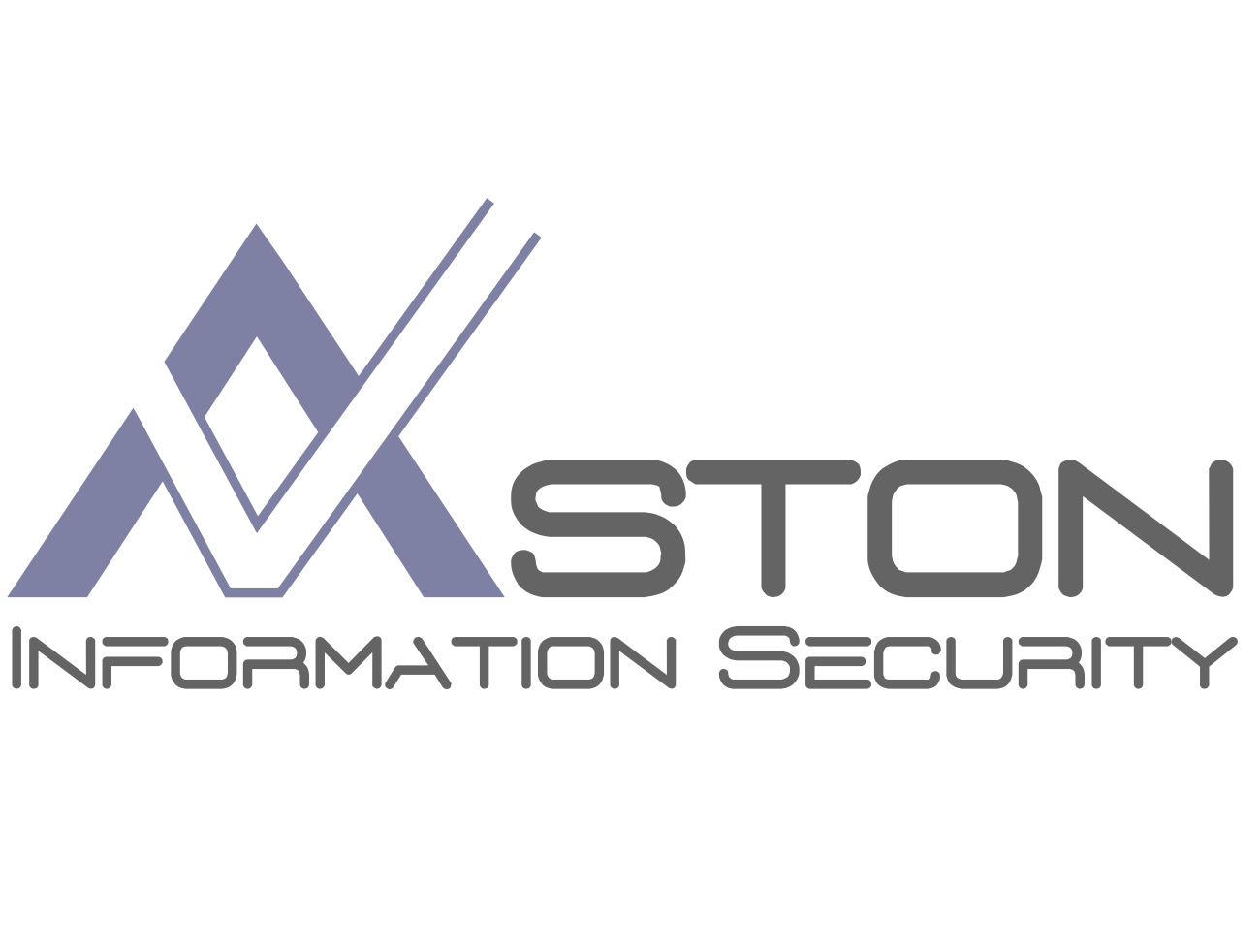
As cyber threats grow in intensity and sophistication, making sound Risk Management decisions is increasingly important for CISOs. In 2022, rushing through the decision-making process and automatically saying “no” to IT requests for investment in information security is not the best approach. Implementing a consistent Risk Management programme that is supported throughout the organisation is a far superior strategy, ensuring the Board understand the full implications of a breach and have a consistent barometer. Your organisation will still face cyber threats, but it will be better prepared to deal with them. Risk decisions can be well-informed, well-considered, and made in the context of organisational objectives and business strategy with the help of a strong Risk Management programme.
Assessing cyber risk and threat landscape is essential
Any information and cyber security risk management strategy should identify:
-
- the essential assets that need to be protected
- the dangers to which they are exposed
- the current degree of controls in place
- any additional controls that are needed
A strong GRC programme aids CISOs to identify risks early on and deploy appropriate mitigations to avert problems before they happen.
Recognising your risk to an attack and where you can make the most effective and quickest adjustments is the first step toward improving your cyber security protocols. A complete cyber security audit, of both your own information security policies and that of your suppliers (Third Party Risk Management), can help you accomplish this more successfully. Consider hiring an information security consultant to conduct the audit. This can often be the most robust and cost effective strategy, since they can uncover issues and vulnerabilities that an internal audit might miss. Independent vulnerability assessments and audits can determine how exposed your essential systems and sensitive data are to a breach or attack – and highlight the key steps to plug those gaps.
Auditors should do a thorough analysis of an organisation to determine how secure its critical information is. It should be a rigorous, quantitative technical examination of the business’s security policies that demonstrates how secure a site and its infrastructure are in reality — honesty is essential. As a minimum, an audit should include the following:
- Risk identification, assessment and evaluation
- Incident and Risk Management methodologies
- Information and Cyber Security control design and implementation
- Information and Cyber Security control monitoring and maintenance
- Assessment for compliance
Information security standards like ISO 27001 help manage risk
With an ISO 27001-compliant ISMS, you will strengthen your defences against cyber-attacks and safeguard your reputation. Your company will have the policies and procedures in place to protect information security and become even more resilient to cyber-attacks such as data breaches, ransomware, phishing, and hacking.
With ISO 27001 certification, you can better manage risk inside your company. The international standard requires a risk assessment based on current information security. Sustaining security risk levels within an organisation is challenging without a well-defined, well-controlled strategy in place. ISO 27001 introduces processes for the organisation to follow by conducting regular risk assessments that allow management and relevant stakeholders to keep cyber security risks under control. ISO 27001 assures that information security procedures are implemented, lowering threats and safeguarding the organisation.
How can we help?
We assist businesses in reducing, but not necessarily eliminating, information security risks while also maximising opportunities. Our highly qualified and experienced cyber security auditing team works with businesses to determine what assets are critical to them, what amount of risk exposure they can tolerate, and how to decrease their risk exposure. Contact us today if you think we can help you.




 Aston Information Security are Information Security consultants that specialise in assurance, audits, supply chain cyber security, data protection and risk management consultancy.
Aston Information Security are Information Security consultants that specialise in assurance, audits, supply chain cyber security, data protection and risk management consultancy.